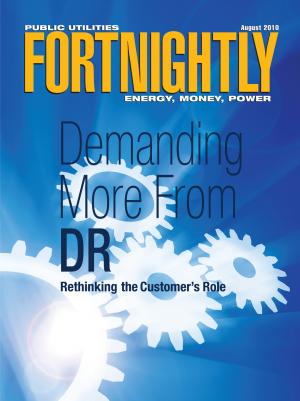Transmission cost allocation, the worth of the grid, and the limits of ratemaking.
Bruce W. Radford is publisher of Public Utilities Fortnightly.
A year ago this month, when Judge Richard Posner and his 7th Circuit court of appeals upheld a challenge from state utility regulators in Illinois and Ohio, and tabled FERC’s plan for PJM to spread the $6.6-billion cost of some 18 new extra-high-voltage (EHV) transmission projects across the entire RTO footprint, from the Jersey shore to Chicago’s suburbs, the judge exposed what now has become the single most important policy rift in the electric utility sector: How to decide who benefits and who should pay for the cost of new transmission lines designed to serve customers situated across a broad swath of multiple utility service territories.

But while Judge Posner sent this most important question back to the commission for a rethink, he took pains to explain that FERC need not recalculate costs “to the last penny,” as traditional ratemaking would imply.
In fact, the judge left room for FERC to reinstate the original scheme, provided that after collecting more evidence, the commission could articulate a plausible case to show that with region-wide cost sharing, known as “socialization” or “postage-stamp” allocation, Illinois and Ohio ratepayers would gain benefits from grid expansion roughly commensurate with the higher costs they’d be paying, and so would not fare appreciably worse than ratepayers residing east of the Alleghenies where all of the projects would be built.

